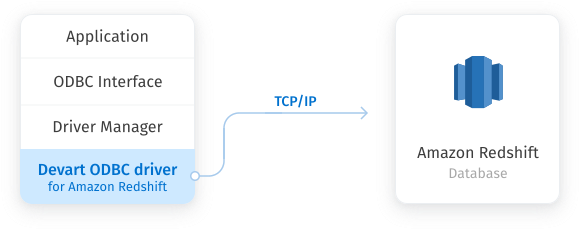

OLTP will take the first authorized user and process that transaction. It's great at rapid processing that maintains data integrity over multiple sequences.Įxample: Let's say that two people withdraw money from the same online bank account at precisely the same moment. OLTP (or Online Transaction Processing) is what most business use for processing transactions during day-to-day operations (think ATMs, retail sales systems, text messaging, etc.) And, we've all been using for OLTP for over 40 years ( it's still mind-boggling that SQL was released in the early 70s.) OLTP stores each row in a table as an object. Let's quickly address the differences between OLTP and OLAP data processing systems. To really understand why data warehouses are valuable for analytic workloads, you need to understand the differences between Online Transaction Processing (OLTP) and Online Analytic Processing (OLAP) data processing systems. So, multiple processors - each with their own memory and operating system - will handle specific segments of the query. To do this, that business can connect their Salesforce data with a data warehouse and run a query to discover which leads are the most valuable and which ones are most likely to churnīeyond columnar storage, data warehouses like Redshift and BigQuery have Massively Parallel Processing (or MPP.) This lets them distribute query requests across multiple servers to accelerate processing. This will help them better understand their customers and personalize sales pitches and content delivery. Businesses push all of their tech stack data (e.g., customer service, marketing, sales, HR, etc.) into the warehouse to run analytic workloads.Įxample: A business may want to know more about their sales leads. You can throw all of your data from your blended tech stack and start to run analytics on it to help you make critical business decisions, forecast trends, budget, etc.Ī typical data warehouse use case would be trend analysis. Both Redshift and BigQuery are data warehouses. So, this post will act as a guide for businesses looking to understand which data warehouse is best suited for their particular workflows and projects.ĭata warehouses (sometimes called columnar storage solutions) are dumping grounds where you can throw all of your BI data for analytic processing. But, there are real use cases that each of them excel at, and both solutions can be valuable depending upon your business's situational needs.Īt Xplenty, we support both solutions.

We're not comparing apples and oranges here.

Each of these solutions can run analytics at-scale rapidly. We've already covered Amazon Redshift vs Snowflake and Google BigQuery vs Snowflake but what about Amazon Redshift vs Google BigQuery?īoth Amazon and Google have impressive data warehouses with Redshift and BigQuery. One of the biggest questions that businesses ask when they're choosing their data warehouse providers is this: Should you use Snowflake, Amazon Redshift, or Google's BigQuery data warehouse for your business needs?


 0 kommentar(er)
0 kommentar(er)
